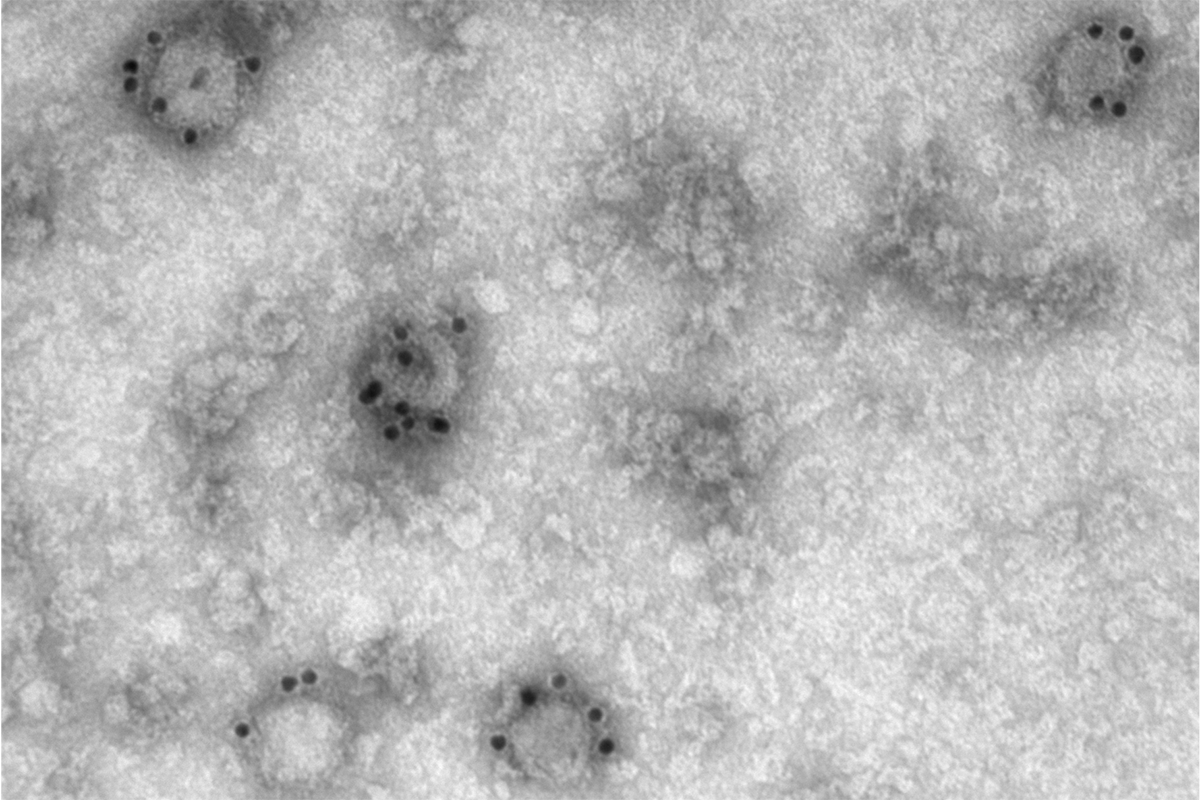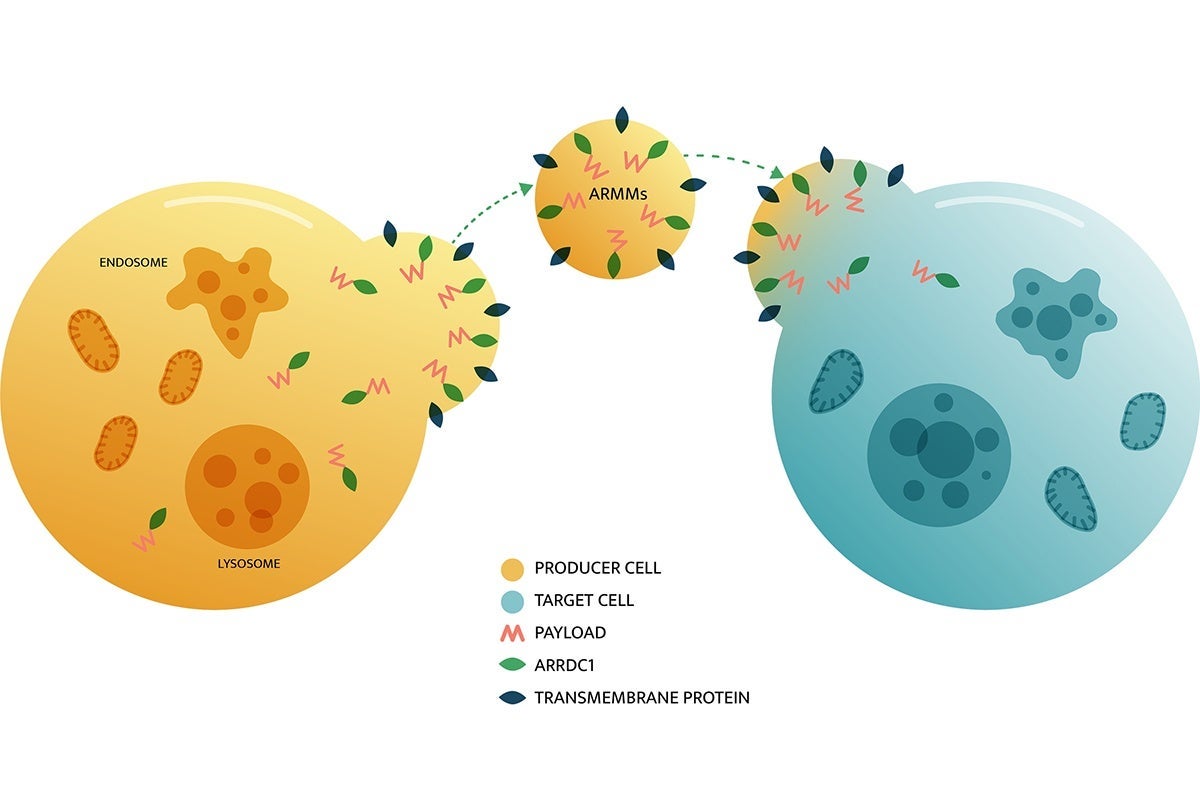Lu Lab
The goal of research at the Lu Lab is to understand the complex gene-environment interactions that are critically involved in diseases relevant to public health.
665 Huntington Avenue
Building I, Room 305
Boston, MA 02115
Our Work
The environment has an enormous impact on human health, and exposures to environmental toxicants can lead to the development of a myriad of diseases. The overall goal of my research is to understand the complex gene-environment interactions that are critically involved in diseases relevant to public health. The unprecedented and breathtaking developments in modern genetics and genomics have the potential to advance our fundamental mechanistic understanding of how the environment impacts health and to transform environmental health sciences.
We use cutting-edge genetics and genomics approaches (e.g., RNAi screen and Next-Generation sequencing) to discover genes and genetic networks central to the development of environmental diseases. A combination of molecular, cellular, and biochemical approaches as well as animal models are then employed to elucidate the underlying mechanisms. Through collaborations with epidemiologists and clinicians, we also aim to understand the genetic basis of individual variation in susceptibility to environmental exposures in the human population.
Major areas of focus include:
- Genetic mechanisms of metal neurotoxicity
- Integrative genomics of lung physiology and disease (asthma)
- Novel microvesicle-mediated intercellular communication in lung and environmental diseases
Lab Team
Publications
Pyroptosis, gasdermins and allergic diseases.
Pyroptosis is an inflammatory form of programmed cell death that is distinct from necrosis and apoptosis. Pyroptosis is primarily mediated by the gasdermin family of proteins (GSDMA-E and PVJK), which, when activated by proteolytic cleavage, form por ...
Identification of novel NRF2-dependent genes as regulators of lead and arsenic toxicity in neural progenitor cells.
Lead (Pb) and arsenic (As) are prevalent metal contaminants in the environment. Exposures to these metals are associated with impaired neuronal functions and adverse effects on neurodevelopment in children. However, the molecular mechanisms by which ...
Arrestin domain-containing protein 1-mediated microvesicles (ARMMs) protect against cadmium-induced neurotoxicity.
Exposure to environmental heavy metals such as cadmium (Cd) is often linked to neurotoxicity but the underlying mechanisms remain poorly understood. Here we show that Arrestin domain-containing protein 1 (ARRDC1)-mediated microvesicles (ARMMs)–an imp ...
Displaying and delivering viral membrane antigens via WW domain-activated extracellular vesicles.
Membrane proteins expressed on the surface of enveloped viruses are conformational antigens readily recognized by B cells of the immune system. An effective vaccine would require the synthesis and delivery of these native conformational antigens in l ...









